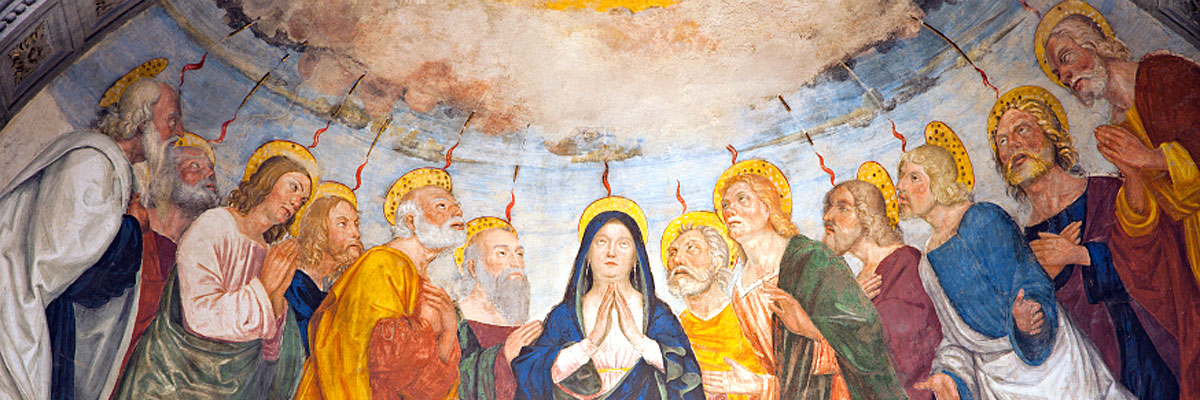
Understanding Our Church
A Treasury of Arkansas Writers Discussing the Catholic Faith
Official Website of the
Catholic Diocese of Little Rock
Reconciliation is necessary, natural in relationship with God, Church
Published: January 12, 2008
By Sister Mary Lou Stubbs, DC
Director, Catholic Charities of Arkansas
Getting to your destination on the streets and highways of this hazardous world requires that your vehicle gets ongoing maintenance and occasional repairs. Comparably, to grow the personal relationship with God that will carry you along the narrow path toward everlasting joy, you need ongoing communication and occasional reconciliation.
And just as a car needs headlights to lead it through the dark, we need the illumination provided by the example and presence of Christ in our lives.
God’s call for us to be in relationship, and thus the need for reconciliation, is heard from Old Testament prophets and in the message of John the Baptist, “Prepare the way of the Lord!” Jesus came as the ultimate reconciler, who remains with us as friend and guide.
In the contemporary Church, the teachings of Vatican II returned the rite of reconciliation back to its original theology. The council emphasized that not only do those who approach the sacrament obtain pardon from God; they are also reconciled with the Church.
Over the centuries the sacramental form of reconciliation has evolved to translate Christ’s teachings into rituals to assist the people of God. In the early Church serious sin could be forgiven only one time and involved long-term public penances and separation from the Eucharist. Those who did not actually “break” the relationship and just strained it, prayed for forgiveness as a part of the eucharistic celebration.
In the 11th century, confession moved toward a confidential ceremony, then into a private, repeatable form of penance that used a scorecard approach to identify the seriousness of the sin, and of the penance. From that time until the Second Vatican Council, the sacramental rite was consistently performed privately, apart from the community.
In the contemporary Church, the teachings of Vatican II returned the rite of reconciliation back to its original theology. The council emphasized that not only do those who approach the sacrament obtain pardon from God; they are also reconciled with the Church.
The new approach is really a return to the message of friendship and fulfillment in God through the body of the Church. It shifts our value systems and consciousness of guilt from individual faults to broad patterns of behavior that harm our relationship with others and with God.
Essential components make sacramental reconciliation work. Like the parts of an engine, they have big names but basic functions. Some words can actually cause a change in the relationship between two individuals just by saying them.
For example just saying, “I love you,” aloud strengthens the reality of that love. This is commanding language and actually does, not just talks about, an action. Consciously saying, “I’m sorry” makes reconciliation a reality.
Second, our body is the mediator of reality that allows us to grow into being our best selves as God gradually incarnates himself in us. Therefore, just as we used our bodies in causing harm, we use our bodies in posture and verbal communication to reconcile.
Third, sacramental rites are events of grace because they are illocutionary acts that actually do what they express.
So, if our spiritual vehicles are stalling on the road to the kingdom, the availability of reconciliation provides a constant opportunity for tune-ups. On the highway of life, the journey is a part of the destination. Reconciliation is a natural and necessary part of any personal relationship. We are blessed to have the gift of being re-aligned to receive the love of God throughout our journey.



